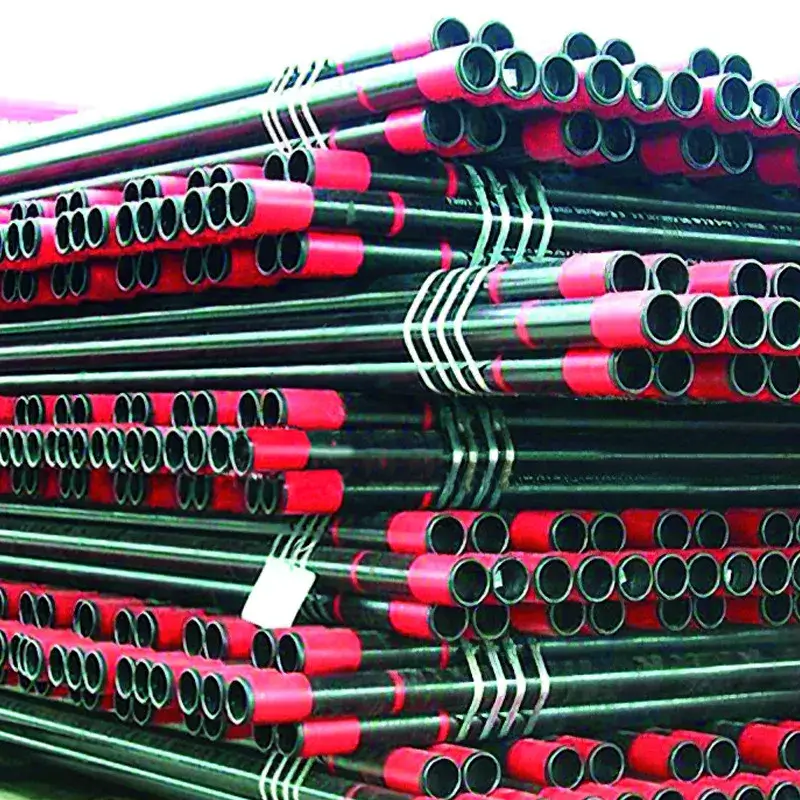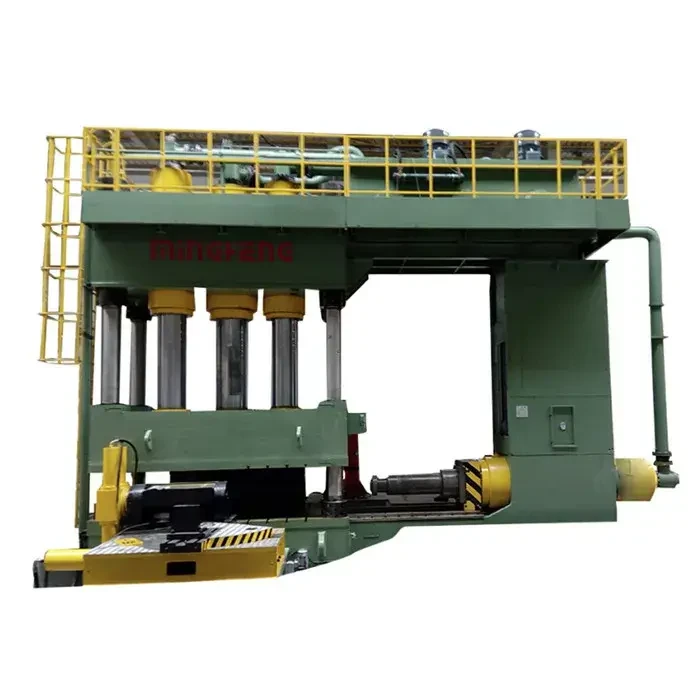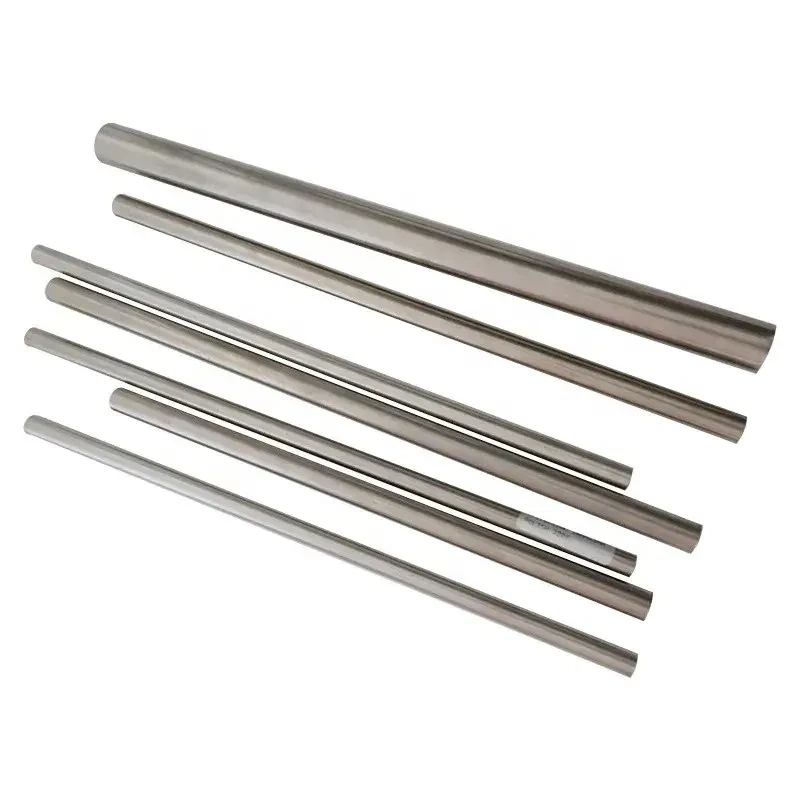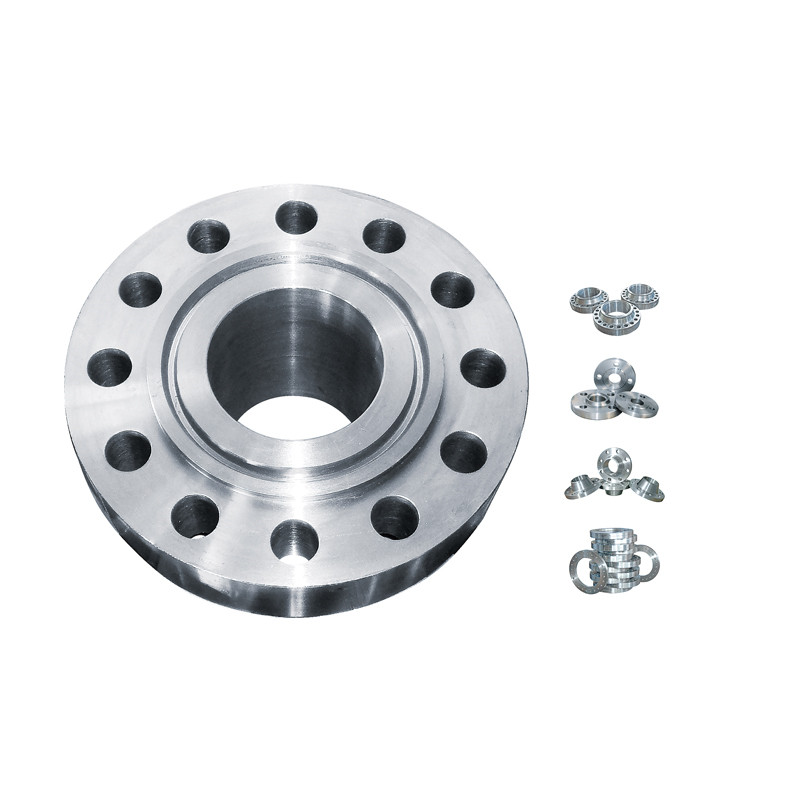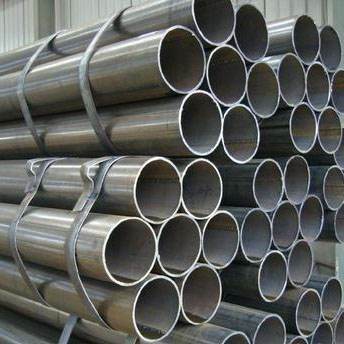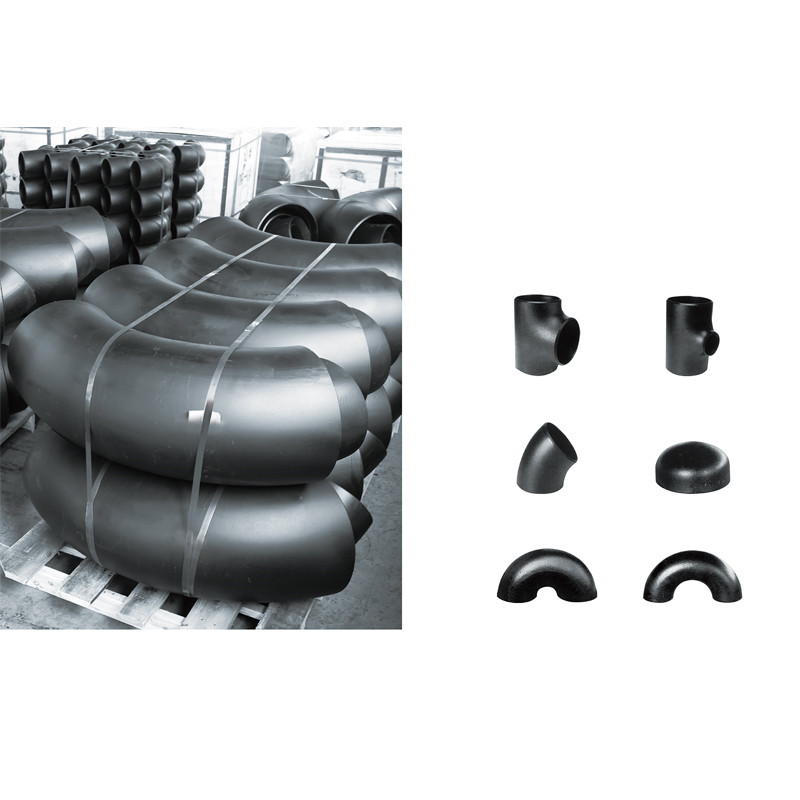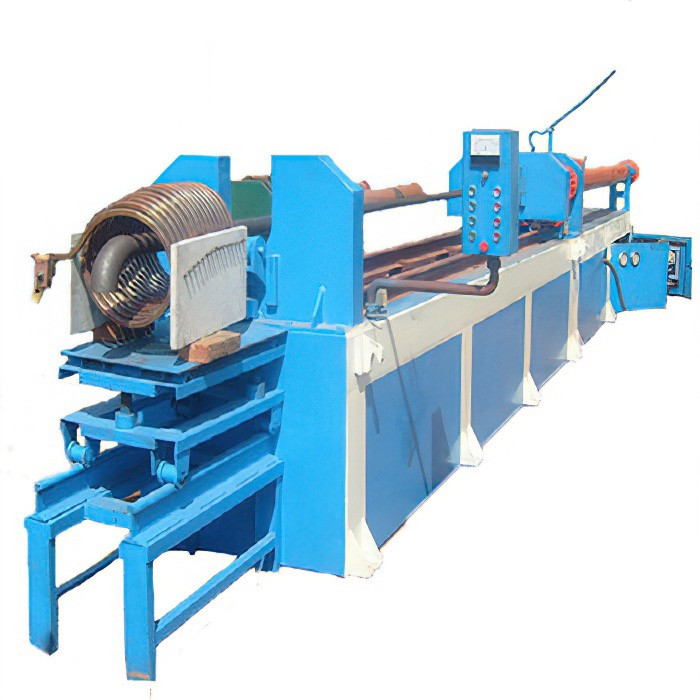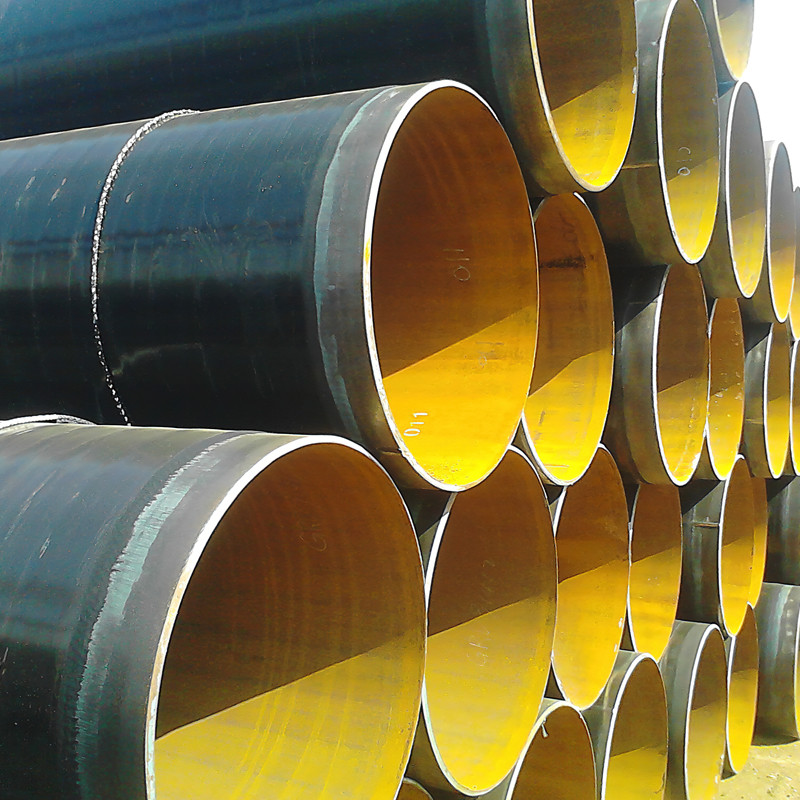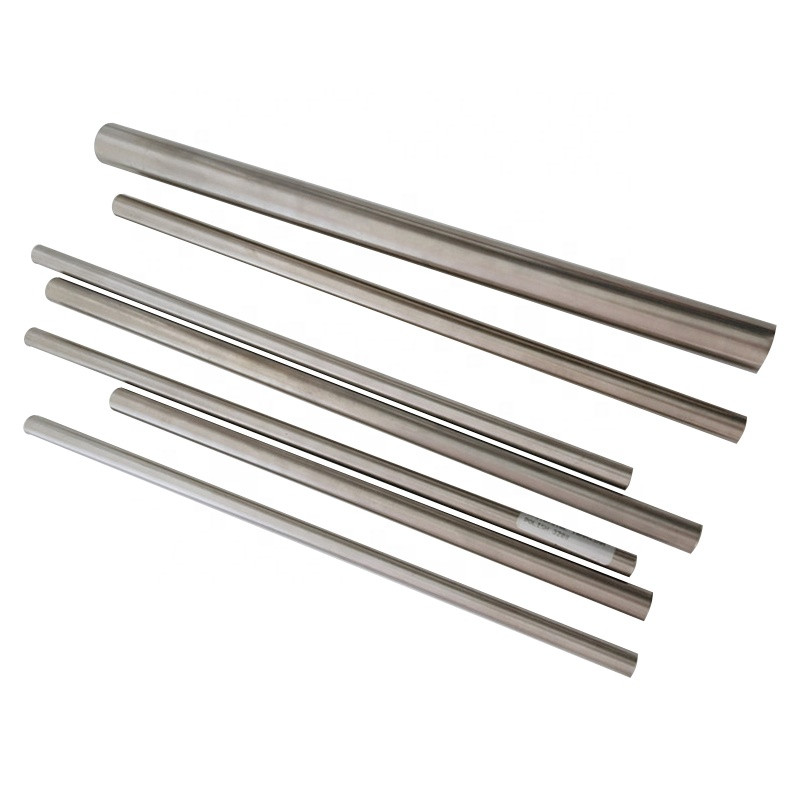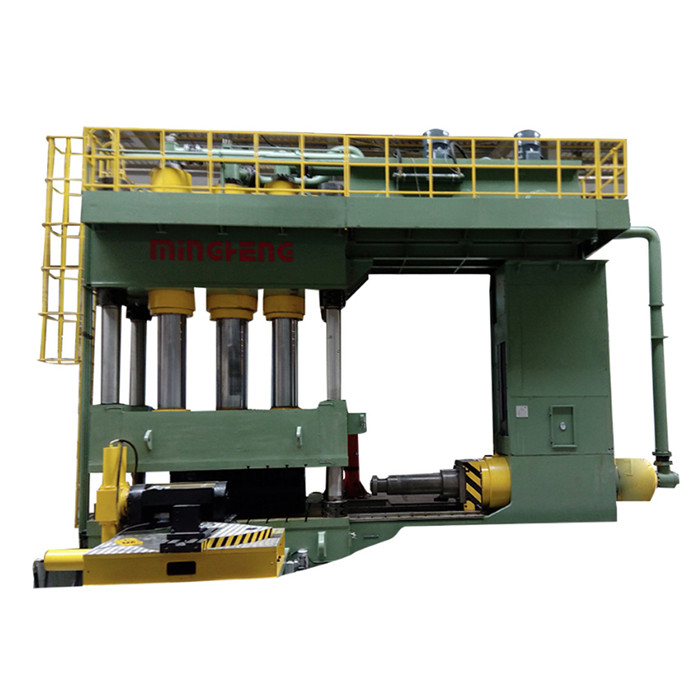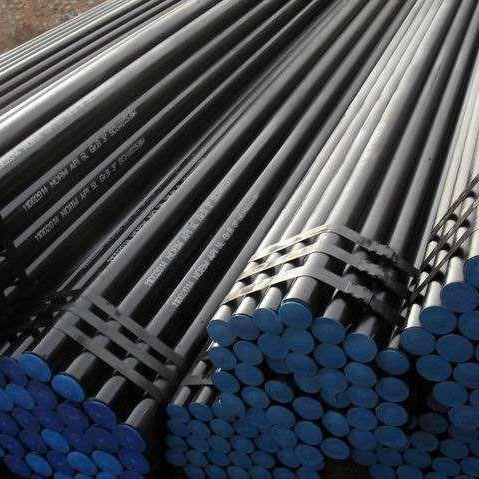Understanding the 100mm Metal Pipe: Why It Matters in Today's World
If you’ve ever found yourself staring at construction blueprints or in the middle of an industrial project, chances are you’ve come across the term 100mm metal pipe. It might sound straightforward—a pipe with a 100-millimeter diameter—but its significance goes far beyond simple measurements. Globally, these pipes form the backbone of vital infrastructure, from water supply networks to oil and gas pipelines and everything in between.
Why does it matter? Well, at a time where industries are growing rapidly and the demand for resilient, cost-efficient materials skyrockets, understanding what these pipes bring to the table isn’t just interesting… it’s essential. This article aims to peel back the layers and explore what makes the 100mm metal pipe a staple in modern engineering projects worldwide.
Setting the Scene: The Global Context of 100mm Metal Pipes
According to the International Organization for Standardization (ISO), standardized metal pipes with diameters like 100mm are critical for consistent industrial applications. The World Bank cites that infrastructure investments, including piping, are projected to exceed $94 trillion by 2040 globally. Embedded in this massive figure is the quiet but impactful role of pipes—especially things like the 100mm metal pipe—in everything from urban development to remote industrial zones.
One big challenge? Ensuring pipes can handle varying pressures, resist corrosion, and remain durable over decades while keeping costs manageable. The 100mm size hit a sweet spot, giving engineers the flexibility to transport fluids and gases efficiently without the bulk or expense of larger diameters.
What Exactly Is a 100mm Metal Pipe?
In simple terms, a 100mm metal pipe is a cylindrical tube made primarily from metals such as carbon steel, stainless steel, or sometimes aluminum, with an outer or inner diameter of roughly 100 millimeters (about 3.9 inches). This size makes it ideal for medium-scale fluid transport needs—think water supply lines, gas conduits, or pneumatic tubing.
But there’s more to it. These pipes aren’t just industrial bits; they directly support humanitarian needs like water access in remote villages, aid infrastructure in disaster zones, or fuel lines in energy projects. In a way, the humble 100mm metal pipe is quietly ensuring millions have access to clean water and energy, tethering modern comforts to engineering reliability.
Core Components and Key Factors
Durability
Everyone wants their infrastructure to last—and in many environments, pipes face tough conditions: temperature swings, chemical attacks, mechanical stresses, you name it. Most 100mm metal pipes are treated or coated to resist these factors. For example, galvanization or epoxy coatings prevent rust, ensuring long service life.
Cost Efficiency
Unlike oversized industrial pipes that can be expensive and cumbersome, 100mm pipes offer a practical balance. They provide enough capacity without excessive expense and can fit into diverse systems, from household plumbing to industrial pipelines, making them a favorite for budget-conscious projects.
Scalability & Flexibility
It’s almost like “Goldilocks” sizing—not too big, not too small. You can bundle multiple 100mm pipes or combine them with other sizes, creating scalable network configurations. This flexibility is crucial in industries like oil and gas or municipal water where gradual expansion is common.
Ease of Installation & Maintenance
Because of their moderate size, these pipes are easier to transport, handle, and install compared to larger diameters. This reduces downtime and labor costs. Additionally, maintenance tends to be less costly, since standardized fittings and repairs are widely available.
Material Choices and Customizations
From carbon steel known for strength to stainless steels valued for corrosion resistance, the 100mm metal pipe can be customized according to the project’s demands. You might find alloy-enhanced versions designed for chemical plants or lighter aluminum pipes for certain applications.
Mini Takeaway:
So far, the 100mm metal pipe emerges as a versatile, durable, and cost-effective solution, fitting neatly into the demands of modern infrastructure with practical advantages and industry backing from ISO and other standards bodies.
Where and How Are 100mm Metal Pipes Used Globally?
The versatility we just talked about shows up in multiple industries:
- Water Supply and Sanitation: In many urban centers across Asia and Africa, these pipes form the critical arteries delivering fresh water to millions. Post-disaster rebuilding efforts also rely heavily on 100mm pipes due to their ease of deployment.
- Oil and Gas: Medium-diameter piping is essential to form secondary and tertiary lines in refineries or transport systems in regions like the Middle East and North America.
- Agriculture Irrigation: Farmers in Australia and South America depend on these pipes for reliable irrigation channels, ensuring crop sustainability during dry seasons.
- Construction and HVAC: In European and North American cities, 100mm steel pipes are preferred for drainage systems, heating, and cooling setups owing to their strength and airflow characteristics.
For those curious, check out the detailed specs of a typical carbon steel 100mm metal pipe below:
| Specification | Details |
|---|---|
| Outer Diameter | 100 mm (3.94 inches) |
| Wall Thickness | 3.0 - 5.0 mm (varies by grade) |
| Material | Carbon Steel, Stainless Steel |
| Coating | Galvanized/Epoxy/Polyurethane |
| Max Operating Pressure | Up to 25 bar (360 psi) |
| Length per Section | 6 meters (standard) |
How Different Vendors Compare: A Quick Overview
| Vendor | Material Options | Coating Types | Lead Times | Price Range (USD/m) |
|---|---|---|---|---|
| Alpha Steel Ltd. | Carbon, Stainless | Galvanized, Epoxy | 2–3 weeks | $15 - $22 |
| Metallix Pipes | Carbon, Alloy Steel | Polyurethane, Epoxy | 3–4 weeks | $18 - $25 |
| Global Pipe Co. | Stainless, Aluminum | Epoxy, Galvanized | 1–2 weeks | $20 - $28 |
Benefits and Lasting Value of 100mm Metal Pipes
So, what’s really in it for businesses and communities?
- Cost-Effective: Easy installation and standardized specs cut project budgets.
- Reliable Performance: Trusted to last decades under tough conditions, safety is elevated.
- Sustainable Practices: Many are made from recyclable materials—steel can be recycled endlessly.
- Social Impact: The pipes quietly ensure safe water and energy delivery, improving quality of life.
On an emotional level, stakeholders often speak to the trust factor. Reliable piping means fewer emergencies, less downtime, and a sense of security for entire communities. That’s no small thing.
The Road Ahead: Innovations in 100mm Metal Pipes
The industry’s not static. New coatings promise even better corrosion resistance, reducing maintenance further. Smart pipes embedded with sensors for pressure or leak detection are moving from niche to standard. There’s also growing interest in using lighter alloys and exploring greener manufacturing methods to cut carbon footprints.
Those interested in renewable energy infrastructure, such as hydrogen transport, are keeping a close eye on how 100mm pipes can adapt to new chemical and safety demands.
Facing Challenges & Solutions in the Field
Every tech has a downside. With 100mm metal pipes, corrosion and fatigue can be issues in extremely harsh environments. Supply chain delays sometimes push lead times beyond acceptable limits. Installation in remote areas can bring logistical headaches.
Experts recommend proactive maintenance schedules using modern coatings and smart monitoring. Partnering with reliable vendors who offer customization and fast delivery also helps tackle these challenges head-on.
FAQ: Quick Answers About 100mm Metal Pipes
- Q: How do I know if a 100mm metal pipe fits my project needs?
A: Evaluate pressure requirements, fluid type, and environment; 100mm pipes often suit medium-scale projects. Consult with vendors (such as 100mm metal pipe suppliers) for tailored advice. - Q: Are 100mm metal pipes suitable for potable water systems?
A: Yes, especially stainless steel variants with approved coatings meet health standards for drinking water. - Q: Can these pipes handle high pressure?
A: Generally, up to 25 bar, but specifications vary by material and wall thickness. - Q: How do environmental factors impact pipe life?
A: Exposure to chemicals, saltwater, or extreme temperatures accelerates corrosion. Choosing the right material and coatings is crucial. - Q: How quickly can I get 100mm metal pipes delivered?
A: Typical lead times range from 1–4 weeks depending on vendor and customization levels.
Wrapping It Up: A Durable Foundation for Tomorrow
In real terms, the 100mm metal pipe is more than a medium-sized pipe. It’s a versatile, durable, and cost-effective solution that quietly supports vital industries and communities around the world. Whether you’re working in construction, energy, agriculture, or humanitarian aid, it’s hard to overlook the importance of choosing the right piping solutions.
Ready to explore options or source your pipes? Visit our website at https://www.world-steelmaterial.com to discover more. There’s a whole world of piping solutions waiting to link your project from concept to reality.
Quick Reflection:
At the crossroads of infrastructure and innovation, the 100mm metal pipe holds its ground with a mix of tradition and cutting-edge advances. It’s the kind of unsung hero you don’t always notice, until you really need it to perform—and then you’re glad it’s there.
References
Post time: Nov . 15, 2025 03:00



